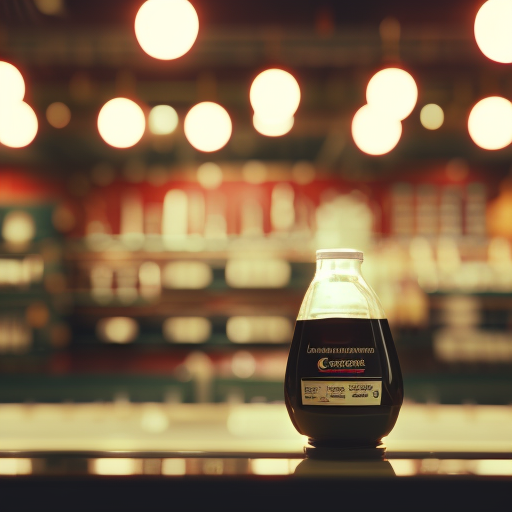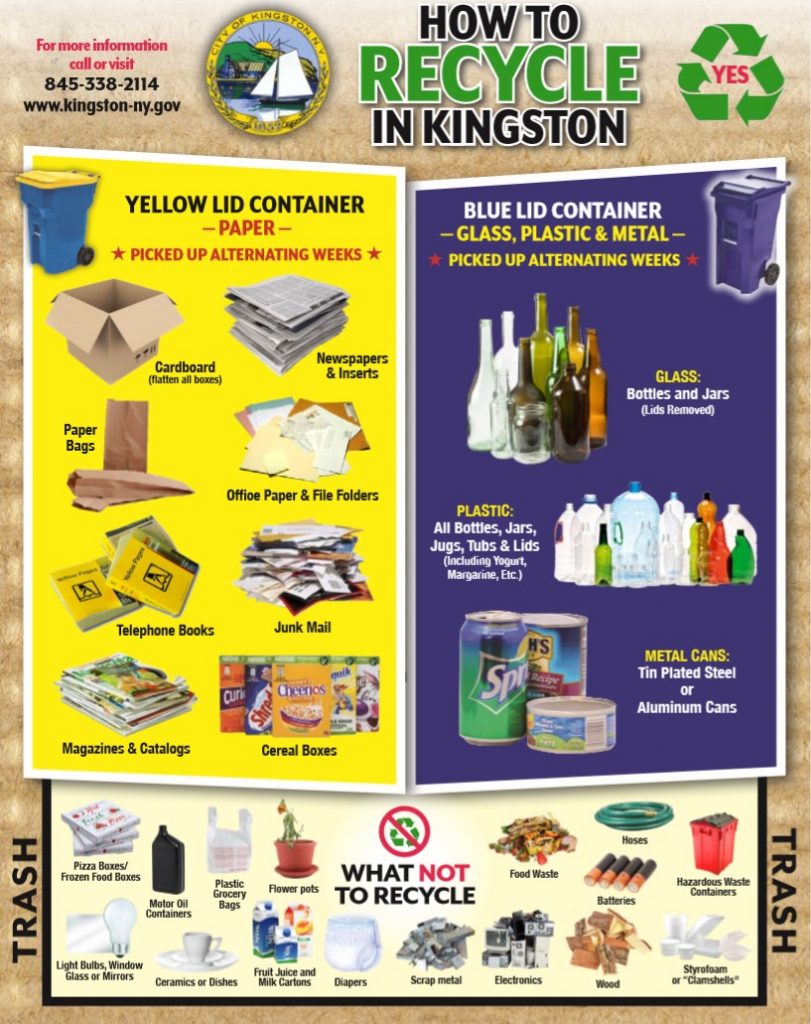
The Path to a Greener Long Island: Organic Waste Processing Facility to Harness Renewable Energy

The foundation is laid for an organic waste processing facility in Yaphank that is poised to harness greenhouse gas emissions and provide a renewable source of natural gas and fertilizer — a major move in making Long Island’s infrastructure greener.
Urgent Need for Sustainable Waste Handling
Waste handling is an urgent issue for Suffolk County’s town supervisors, with the closing of the Brookhaven Landfill approaching in the next few years. The pressure to reduce, reuse, and recycle the garbage of more than two million people on Long Island is building, especially when communities of color are disproportionately burdened by waste disposal and transfer infrastructure.
The Impact of Organic Waste
Organic materials from food production and yard trimming make up 25% of all waste in New York, according to Sally Rowland, an environmental engineer with the state Department of Environmental Conservation. This waste is typically incinerated, producing greenhouse gases for up to the next 30 years.
The Role of Anaerobic Digestion
In a landfill, organic waste undergoes anaerobic digestion, producing biodegradable organic solids and greenhouse gases like methane and carbon dioxide. A processing facility can capture these byproducts for reuse. The Yaphank anaerobic digester will be one of the largest in the world, capable of processing 210,000 tons of organic waste annually.
Environmental Benefits and Sustainable Development Goals
The facility is expected to generate 500,000 MMBtu of natural gas, which will be connected directly into the National Grid pipeline for thousands of homes in the Town of Brookhaven. Additionally, it will produce 260,000 gallons of liquid fertilizer and 45,000 tons of compost. The facility’s operations will avoid the emission of 85,000 tons of greenhouse gases annually, equivalent to taking approximately two natural gas-fired power plants offline in one year. These efforts align with several Sustainable Development Goals (SDGs), including SDG 7 (Affordable and Clean Energy), SDG 11 (Sustainable Cities and Communities), and SDG 13 (Climate Action).
Challenges and Community Engagement
While anaerobic digesters are commonly used in the agricultural industry, introducing this technology in residential areas poses challenges due to the irregular production and composition of food waste. Municipalities on Long Island have shown significant interest in the facility, but the challenge lies in planning waste management facilities in suburban areas and encouraging residents to change their relationship with garbage.
Creating a Circular Economy
The state Department of Environmental Conservation recognizes anaerobic digestion as a recycling program that supports creating a circular economy. A state law mandates large companies and institutions to scrap food waste and donate viable products. However, there is a need for more food recycling facilities to accommodate the organic waste generated by smaller businesses. The state’s solid waste management plan through 2032 aims to expand the food scrap and donation law, incentivize recycling, and empower residents to compost at home or through community programs.
Raising Awareness and Changing Perceptions
Raising awareness and changing perceptions about waste are crucial in promoting recycling and reducing organic waste. Language plays a significant role in reframing how New Yorkers view their trash. By reclaiming the value of waste and recognizing it as a resource, the demand for recycling can be increased. This shift in mindset can support earlier steps of production and contribute to a more sustainable future.
Conclusion
The organic waste processing facility in Yaphank represents a significant step towards a greener Long Island. By harnessing renewable energy from organic waste, the facility will contribute to the achievement of several Sustainable Development Goals. However, community engagement, transparency, and ongoing efforts to change perceptions about waste are essential for the success of these initiatives.
SDGs, Targets, and Indicators
1. Which SDGs are addressed or connected to the issues highlighted in the article?
- SDG 7: Affordable and Clean Energy
- SDG 9: Industry, Innovation, and Infrastructure
- SDG 11: Sustainable Cities and Communities
- SDG 12: Responsible Consumption and Production
- SDG 13: Climate Action
- SDG 15: Life on Land
2. What specific targets under those SDGs can be identified based on the article’s content?
- SDG 7.2: Increase substantially the share of renewable energy in the global energy mix.
- SDG 9.4: Upgrade infrastructure and retrofit industries to make them sustainable.
- SDG 11.6: Reduce the adverse per capita environmental impact of cities.
- SDG 12.5: Substantially reduce waste generation through prevention, reduction, recycling, and reuse.
- SDG 13.2: Integrate climate change measures into national policies, strategies, and planning.
- SDG 15.2: Promote the implementation of sustainable management of all types of forests.
3. Are there any indicators mentioned or implied in the article that can be used to measure progress towards the identified targets?
- Amount of organic waste processed and converted into natural gas and fertilizer.
- Amount of greenhouse gas emissions reduced through the processing facility.
- Amount of natural gas generated and connected to the National Grid pipeline.
- Amount of liquid fertilizer and compost produced.
- Number of anaerobic digesters implemented in residential areas.
- Amount of food waste recycled and donated by businesses.
Table: SDGs, Targets, and Indicators
| SDGs | Targets | Indicators |
|---|---|---|
| SDG 7: Affordable and Clean Energy | 7.2: Increase substantially the share of renewable energy in the global energy mix. | – Amount of natural gas generated and connected to the National Grid pipeline. – Amount of greenhouse gas emissions reduced through the processing facility. |
| SDG 9: Industry, Innovation, and Infrastructure | 9.4: Upgrade infrastructure and retrofit industries to make them sustainable. | – Number of anaerobic digesters implemented in residential areas. |
| SDG 11: Sustainable Cities and Communities | 11.6: Reduce the adverse per capita environmental impact of cities. | – Amount of organic waste processed and converted into natural gas and fertilizer. – Amount of greenhouse gas emissions reduced through the processing facility. |
| SDG 12: Responsible Consumption and Production | 12.5: Substantially reduce waste generation through prevention, reduction, recycling, and reuse. | – Amount of organic waste processed and converted into natural gas and fertilizer. – Amount of food waste recycled and donated by businesses. |
| SDG 13: Climate Action | 13.2: Integrate climate change measures into national policies, strategies, and planning. | – Amount of greenhouse gas emissions reduced through the processing facility. |
| SDG 15: Life on Land | 15.2: Promote the implementation of sustainable management of all types of forests. | – Amount of liquid fertilizer and compost produced. |
Behold! This splendid article springs forth from the wellspring of knowledge, shaped by a wondrous proprietary AI technology that delved into a vast ocean of data, illuminating the path towards the Sustainable Development Goals. Remember that all rights are reserved by SDG Investors LLC, empowering us to champion progress together.
Source: wshu.org

Join us, as fellow seekers of change, on a transformative journey at https://sdgtalks.ai/welcome, where you can become a member and actively contribute to shaping a brighter future.






